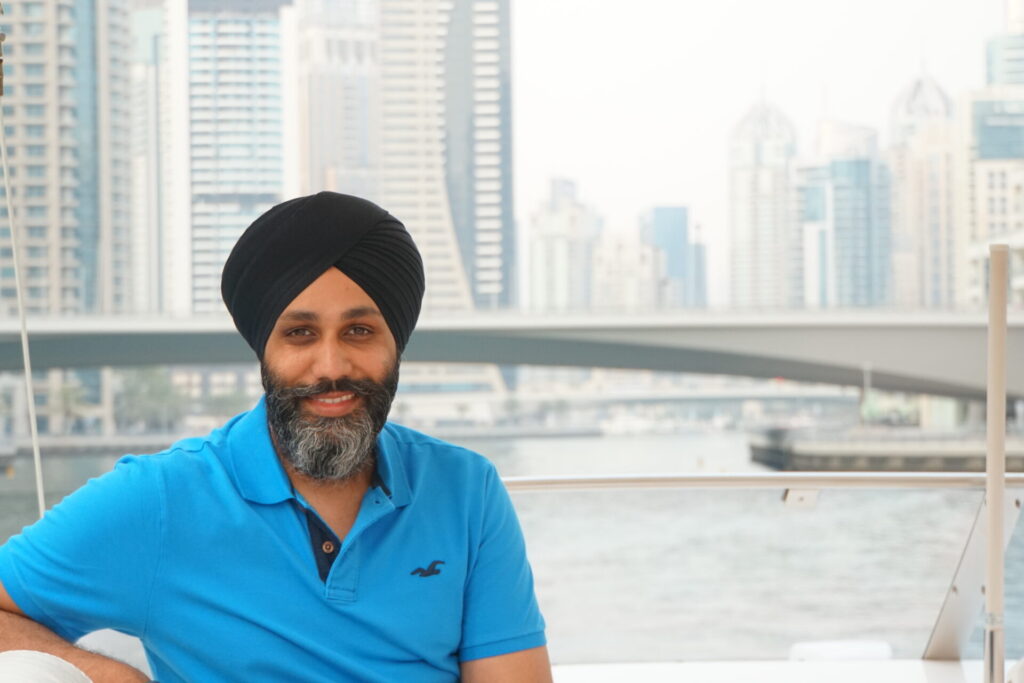Crafting Tomorrow’s Leaders Today – Aligning Succession with Strategy
by Amrit Sandhar (CEO/ Founder, &Evolve)
2024 is a pivotal year. Not only because there are general elections in the UK and U.S. It’s important because according to research, 4.1 million people in the U.S. are expected to retire, with 2024 seeing the largest population celebrating their 65th birthday in U.S. history. This Baby Boomer generation also makes up 13.76 million people here in the UK, meaning we have a sizeable group of people who will leave those organisations drained of talent.
Succession planning involves identifying roles which are critical to your organisation – to help achieve strategic objectives or long-term goals, and working to develop people to take on those roles when others move on. With estimates of over $60 million being spent globally on developing leaders, you might think organisations are well prepared for an exodus of baby boomers about to hang up their boots, but this isn’t the case.
Research from Azets, highlights that less than one in ten organisations have built succession planning into their strategic objectives. It is estimated that close to $1 trillion a year is being lost in market value in the S&P 500 from poor succession planning of CEOs and C-suite executives. The equivalent of 20-25% higher investor returns, had succession planning been executed well. So, what’s going wrong?
Many organisations are failing to identify roles which are critical to the delivery of their strategic objectives and goals. This in turn means when those roles become vacant, it can lead to uncertainty or panic, when it’s realised there’s a lack of an appropriate replacement.
Organisations will often look externally; however, external recruits aren’t always the best route to follow. A 15-year study carried out by Khurana and Nohria, as cited in the HBR, looking at operating returns from 200 organisations, found that for CEO-succession the organisations which promoting a reasonably well performing internal recruit, didn’t see any significant change to their organisation’s performance. Whilst on the face of it, this might seem like an issue, the focus on succession planning should delivering stability. Some organisations may benefit from external hires – as according to the study, some organisations that performed badly, saw improvements from an external hire. A cause for concern however would be for those organisations that are performing well, with findings showing how externally hired CEOs caused the biggest negative impact on the performance of the organisation.
The allure of experienced CEOs or senior leaders may be short-lived, as their lack of experience of the organisation can become apparent. According to Matthew Bidwell (Wharton School of Business), external hires receive ‘significantly lower performance evaluations for their first two years on the job than internal people promoted into similar jobs’. With the Society of Human Resource Management (SHRM) estimating that an external hire can in some cases, cost an organisation three to four times the salary being filled, it seems that going outside the organisation to replace senior roles should be a last resort, and if nothing else, promoting from within could help retain extensive knowledge and experience.
A commonly used tool for succession planning is that of the 9-box grid, which assesses potential vs. performance for those being considered in the talent pipeline. However, the subjective nature of this approach means many could be written off without being given a chance.
For critical roles, organisations need to consider the leadership capabilities and competencies required and how they develop them in not just one or two people, but extensively across a selection of people. Leadership development programmes should be focused on developing these capabilities and competencies in a more holistic approach.
According to Yemiscigil, Born, and Ling, leadership development is “less about learning specific, tactical skills than it is about cultivating the broad capabilities, such as self-awareness or resilience, necessary for adapting to dynamic, evolving challenges”.
Successful development programmes should not only challenge how leaders lead, but how they live their lives, providing valuable life skills, which should include learning the art of reflection. Rarely do leaders immerse themselves in enough time to think, yet this is critical to developing wisdom – the art of learning from past experiences to make better future decisions.
Often within organisations people are pigeon-holed into a grade or a position, which prevents others from seeing their potential. We should consider how we develop internal experienced good-performers to become the next wave of C-suite executives. Just as those on graduate programmes experience different parts of the organisation, potential successors should be given similar opportunities to learn and grow professionally. This should be part of a formal leadership development programme, allowing leaders to learn while gaining real-life experiences.
With less than 10 percent of organisations building succession planning into their objectives, we face a challenging few years, as senior leaders retire, leaving organisations ill-equipped to deliver their growth ambitions. While it can seem tempting to attract fresh talent externally, the greatest performance drivers in your organisation could be those performing individuals, who have accumulated in-depth knowledge and experience, who are looking to demonstrate what they are capable of.
Succession planning should form a key part of your strategic objectives to ensure that when such vacancies arise, there are a selection of people to choose from, and who have been developed and nurtured to fulfil senior leadership roles.









